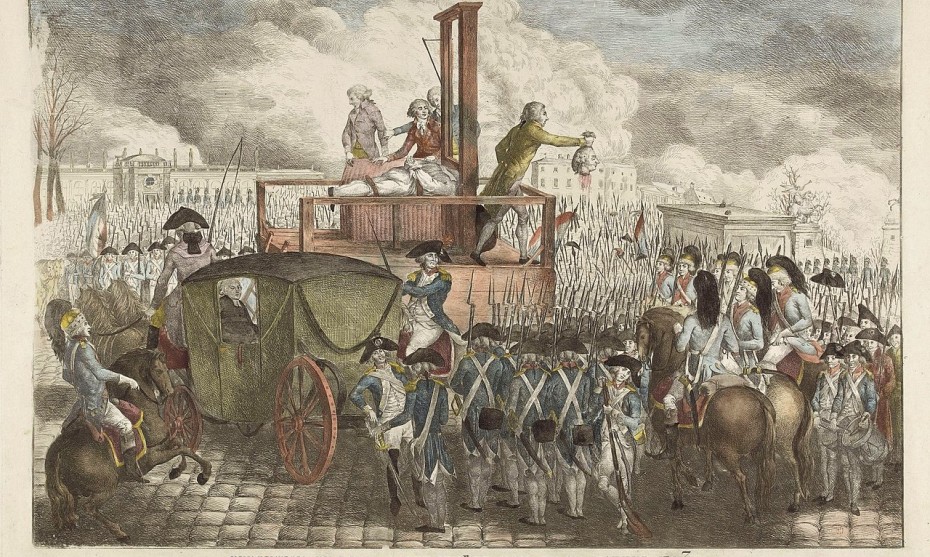This interesting film is about how plastic pollution is firstly, affecting the environment of water quality, and secondly, affecting the lives of underwater species. It also includes possible calls to action that can help improve the situation of preventing more plastic from being wasted and abandoned in the waters. SDG 6 and SDG 14 are discussed and are the main goals targeted in this video. Below is a brief article talking about why providing clean water quality, the first affection, is important.
The World’s Foremost Medicine
“Pure water is the world’s first and foremost medicine.” Selected from the Slovakian Proverb, it states that something normal, simple, and seen every day, does serve as the essential, most important remedy for human life. Pure water is one of the most important elements of many kinds, from humans and all different creatures’ daily routines to infrastructures and industries that run the society. For humans, specifically, it continues to provide our health, wellness, and life; however, providing these elements to everyone is a problem humans face now, as there are consequences happening around the world. So, what are the main reasons and causes for humans to face this problem, and what might be some available solutions?
The SDG 6 of clean water and sanitation does have a deep connection with this idea. This goal aims to provide targets and solutions for humans to have access to clean water soon. Now, rising technologies can be used to help make water cleaner and easier to gain, and currently, it is making progress. In a Gale article named “New technology cleans dangerous water (Germs Begone)”, it stated that “The PUR mix reduced bacterial loads to less than a hundred-millionth of starting concentrations, the viruses to less than a ten-thousandth, and the parasites to less than a thousandth of initial values” (Raloff). As this quote says, the PUR mix is a new technology used to help reduce the bacterial values, in rather to purify the water and make it clean. Then, the statistics prove that “in unpublished studies, the PUR mix removed 95 percent of the DDT, at least 98 percent of lead, and more than 99 percent of chromium in water samples, Allgood told Science News” (Raloff).
Adding on to the technologies’ help, governments and international groups also help make sure everyone has clean water. They are responsible for ensuring everyone has access to clean water as they build and maintain water treatment plants and pipes to provide clean water and enact rules to prevent water pollution. The United Nations, a complex international organization, provides expertise, funding, and direct aid, for example. As stated by a Gale article, globally, these nongovernmental organizations (NGOs) are leading the way in providing clean water and sanitary conditions to people. The biggest of these is the United Nations Children’s Fund, or UNICEF. They work in more than a hundred countries to provide clean water to those who most need it, especially children (Everett). To summarize, their goal is to “provide affordable and equitable access to safe water and sanitation in developing countries.” These organizations are vital because they reach far areas, preventing diseases and improving life quality. Access to clean water not only benefits health but also supports long-term development, helping communities thrive and break out of poverty.
Facing big problems due to unsafe water, countries find it hard to move forward in their national constructions and developments. Diseases that spread through water can easily spread, causing many people to die. For kids, education is also affected, with children missing school when they get sick or must go get water. The reason for them to face such problems is related to the fact that there is no clean, purifying water system established in certain places: “Lack of technical knowledge, quality of knowledge, and application of that knowledge during the planning, implementing, and monitoring of a clean water system are primary causes of water project failure” (Well Aware).
In conclusion, ensuring access to clean water is a major challenge due to population growth and pollution. Although new technologies like the PUR mix and helping communities like the NGOs show promise in purifying water, it can be said that firstly, most of the technologies’ strategies and techniques used to effectively utilize it are still not fully developed in some countries in the world, and also that the NGOs cannot reach the entire world, including some place that requires emergency help to improve. The massive number of people on Earth and the increasing levels of waste and pollution are too, making it worse in the difficulty of providing clean water to everyone. To unite all the ideas and problems it caused for the world, the SDG 6 goal aims to address these issues by promoting clean water and sanitation for all. It’s crucial for us to continue developing and applying these technologies with the acceptance of the presence of the kind organizations, while also reducing waste and protecting our water sources. Pure water truly is the world’s foremost medicine, vital for our health and well-being, while also impacting the world.






